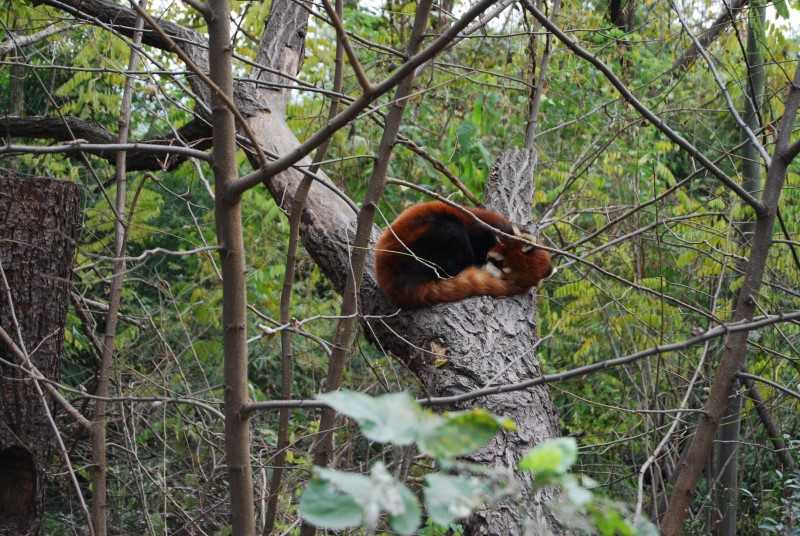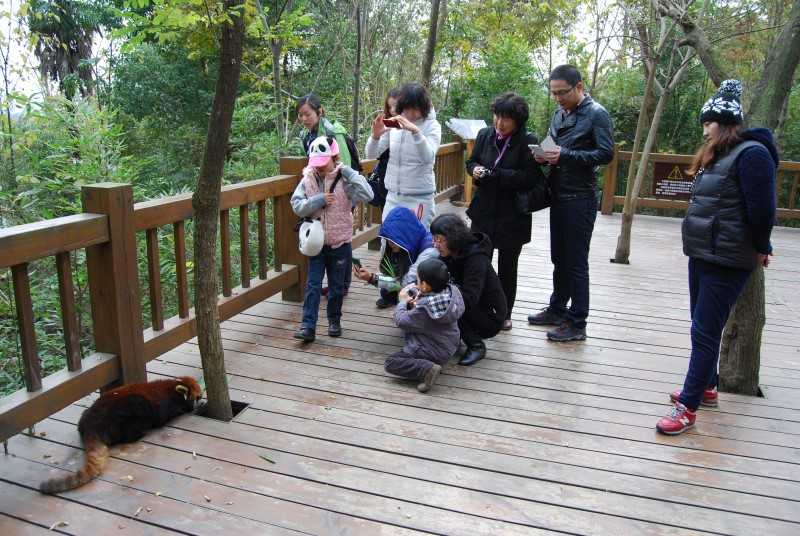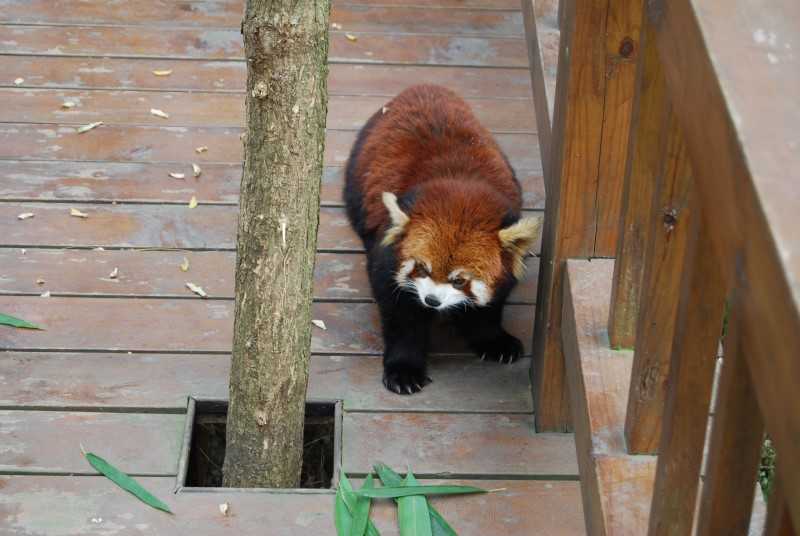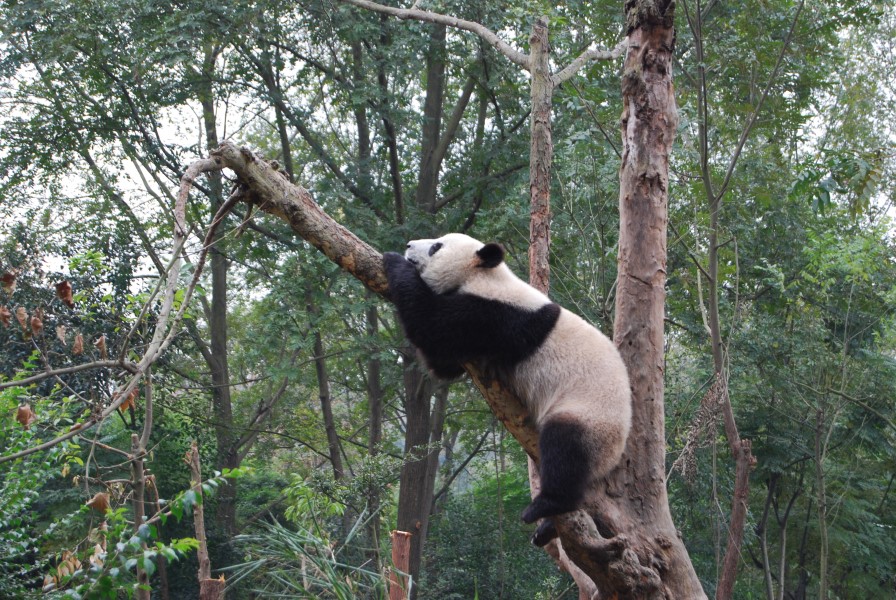The Chengdu Research Base of Giant Panda Breeding is a facility used to preserve endangered giant panda bears. As a result, the shrinking population has been abated and there has been a modest increase of numbers. For example, in 2007 there were 27 China panda bears living outside China in captivity. However, in 2014 there were 49 giant pandas living in captivity outside China.
Although wild population estimates vary broadly, it is agreed that the population of wild pandas has stabilized. China pandas living in the wild are estimated to number between 1000 to 3000. As a result, in 2016 the “International Union for Conservation of Nature” was compelled to reclassify the species from “endangered” to “vulnerable”.

Modern Challenges Facing China Pandas
The wild population of pandas lives mostly in Sichuan Province near the Tibetan Plateau. However, their preferred habitat is in the lowland mountain regions. As a result, the panda bears compete with the expanding human population. Their lowland forest habitat is constantly under pressure from the effects of deforestation, new construction and farming.

Chengdu Research Base of Giant China Panda Breeding
The research center is open to the public daily from 7:30AM to 6PM and the ticket price is only 58 RMB per person ($8.50 USD). Additionally, the research center is located on Futou Mountain and it is only a short drive from Chengdu city center. The park is spread out over many acres and features rivers, ponds and natural bamboo forests.
There are separate enclosures for the different inhabitants of the park. Not only the giant China panda lives here, but there are also red pandas and unique waterfowl such as black swans.
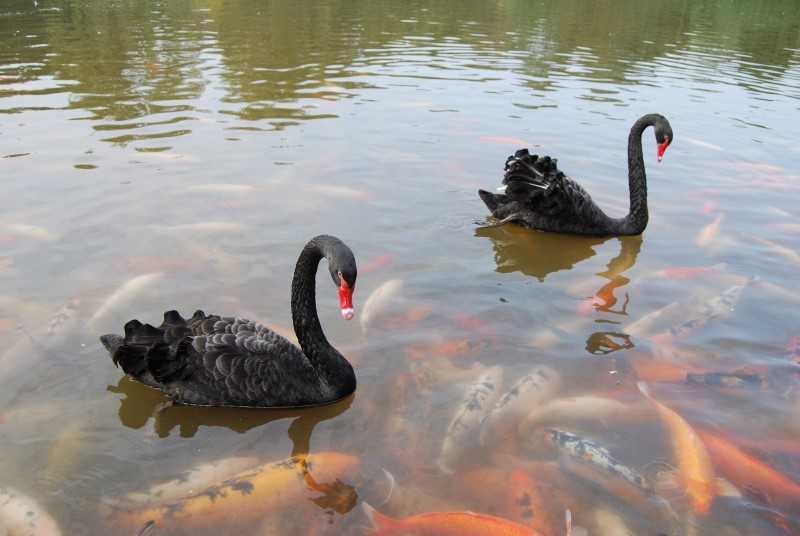
The features of the park are very attractive to visitors from inside and outside China. Recently, the Chengdu panda breeding center was classified by the World Tourism Organization as one of the most popular tourist destinations in China along with Jiuzhaigou Park.
China Panda Photos
The park layout is pretty intimate and the giant pandas are usually very close to the viewing areas. As a result, it is pretty simple to get some good photos!
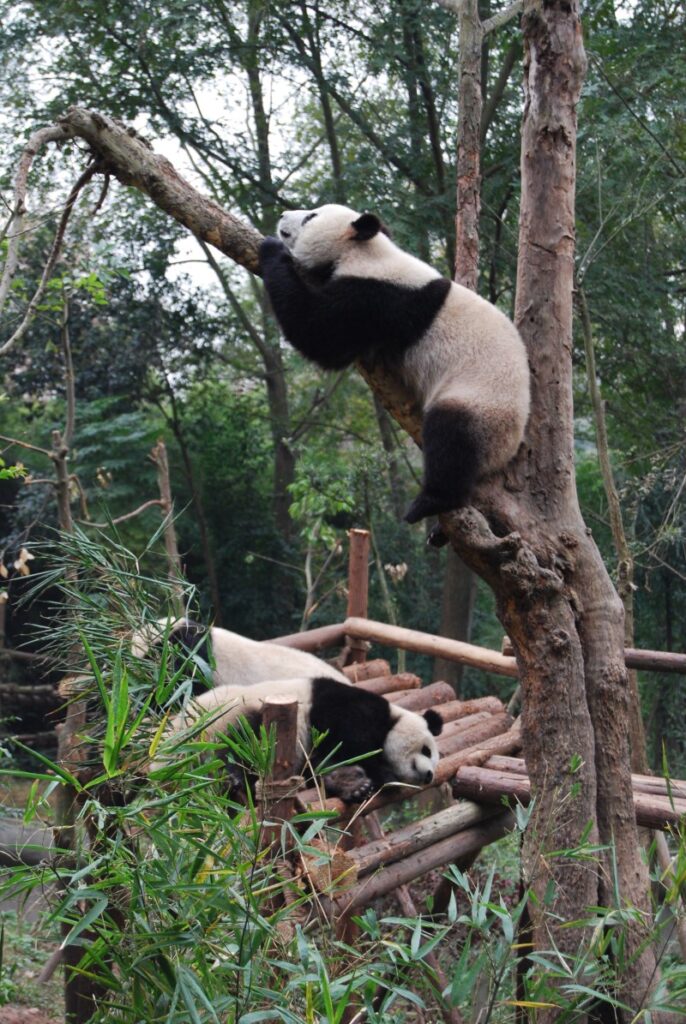

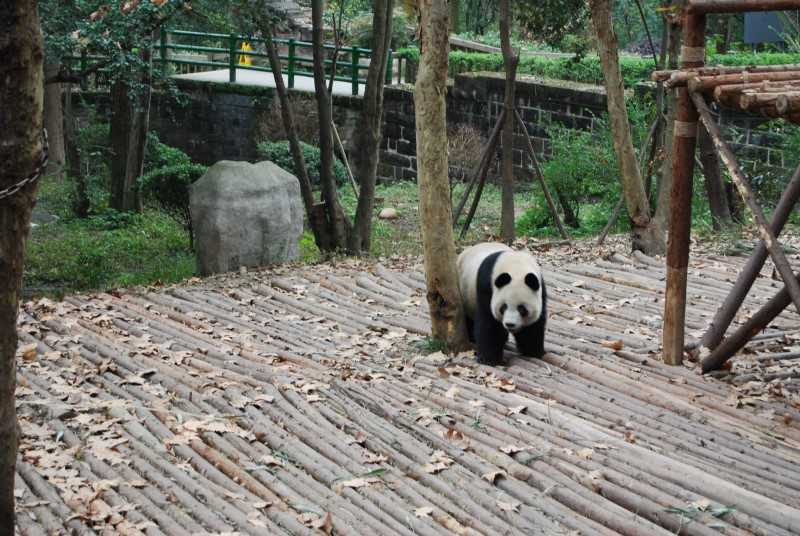
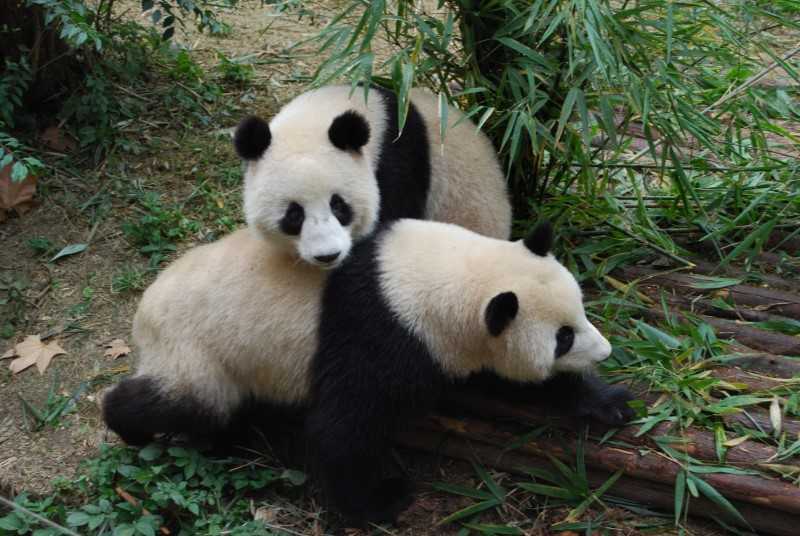
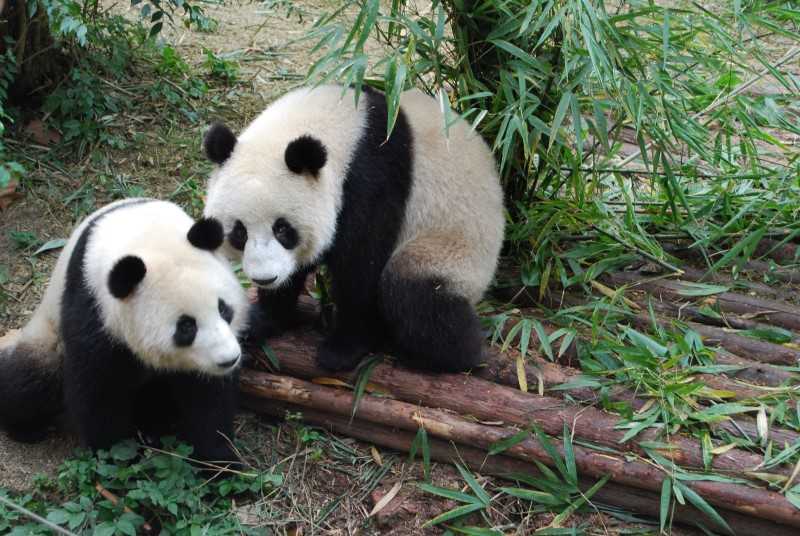
Facts About Panda Bears
- China panda bears are native species of central China in Sichuan Province
- Diet of the giant panda is 99% bamboo.
- The tail of the giant panda is the 2nd longest of the bear species at 4-6 inches.
- The average life span of the giant panda is 20 years in the wild and 30 years in captivity.
- Giant panda bears have a thumb and 5 fingers on each paw.
- Adult male pandas weigh up to 350 pounds.
- Adult male pandas are solitary in the wild and only tolerate the presence of other pandas during breeding season.
Red Pandas at the Chengdu Breeding Center
Another popular feature at the Chengdu china panda breeding center is the red panda. This animal is mostly nocturnal and is inactive during the daylight hours. Unfortunately, it has not experienced the resurgence in population numbers that the giant panda has enjoyed. As a result, it is still classified as endangered.
It is also known as the lesser panda or red bear cat and it is a native of SW China and the eastern Himalayas. Red pandas have a beautiful red coat of fur in contrast to their black and white panda cousins. However, their diet consists mostly of bamboo similar to the giant pandas.
